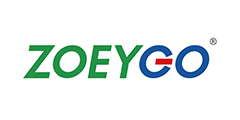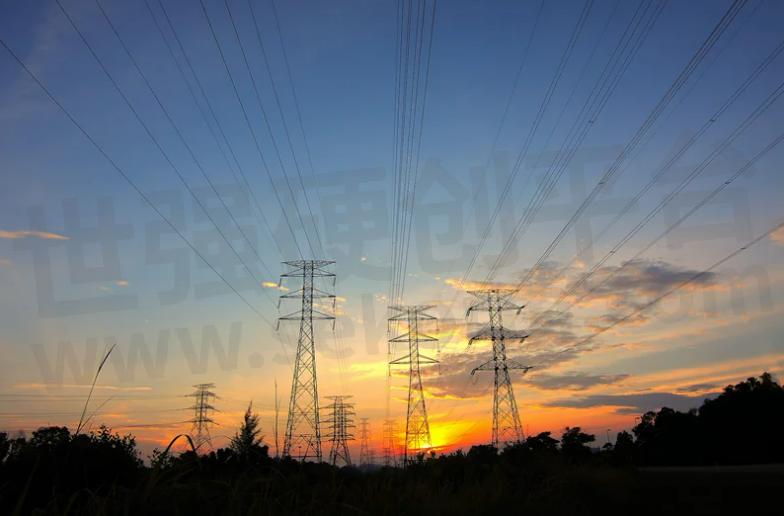Design and Analysis of Bidirectional DC-DC Converter for Efficient Power Conversion

In modern power systems, the use of renewable energy sources and energy storage systems has increased significantly. The integration of these sources into the grid has resulted in the need for efficient power conversion solutions. Bidirectional DC-DC Converters are an essential component in power systems that facilitate the efficient transfer of power between different DC sources and energy storage systems. In this article, we will explore the design and analysis of a bidirectional DC-DC converter for efficient power conversion.
Design of Bidirectional DC-DC Converter
The bidirectional DC-DC converter is used to transfer power between two DC sources, which can be a battery and a grid or two different batteries. The converter consists of four power switches, two inductors, two capacitors, and a control circuit. The circuit topology used in the converter is a full bridge, which is commonly used for bidirectional power conversion.

The design of the converter involves selecting the values of the components such that they meet the specifications of the power system. The switching frequency of the converter is one of the critical parameters that affect the performance of the system. A higher switching frequency leads to reduced size and weight of the components but increases the switching losses. Hence, the switching frequency is selected based on a trade-off between efficiency and size.
The selection of the inductance and capacitance values is another critical aspect of the design. The inductors are used to store and transfer energy, while the capacitors are used to filter out the high-frequency components of the output voltage. The inductance value is selected such that it provides enough energy storage and reduces the ripple in the output voltage. The capacitance value is chosen based on the required output voltage ripple and the switching frequency.
Analysis of Bidirectional DC-DC Converter
The analysis of the bidirectional DC-DC converter involves determining the efficiency, voltage and current ripple, and the transient response of the system. The efficiency of the converter is affected by the conduction and switching losses of the power switches, the resistance of the inductors and capacitors, and the magnetic core losses of the inductors. The efficiency can be improved by selecting high-performance power switches, reducing the resistance of the components, and optimizing the magnetic core design.
The voltage and current ripple in the output of the converter are undesirable and can cause issues with the performance of the downstream system. The ripple can be reduced by selecting appropriate filter components and optimizing the control algorithm of the converter. The transient response of the converter is the time taken by the system to respond to a change in the input or output voltage. The transient response can be improved by selecting appropriate values of the inductance and capacitance and by optimizing the control algorithm.

Conclusion
In conclusion, bidirectional DC-DC converters are an essential component in power systems that facilitate the efficient transfer of power between different DC sources and energy storage systems. The design and analysis of the converter involve selecting appropriate values of the components and optimizing the control algorithm to meet the specifications of the power system. The efficiency, voltage and current ripple, and transient response are critical parameters that affect the performance of the converter. Proper design and analysis can lead to a highly efficient and reliable bidirectional DC-DC converter for efficient power conversion.
- +1 Like
- Add to Favorites
Recommend
This document is provided by Sekorm Platform for VIP exclusive service. The copyright is owned by Sekorm. Without authorization, any medias, websites or individual are not allowed to reprint. When authorizing the reprint, the link of www.sekorm.com must be indicated.

























































































































































































































































































































































































































































































































































































































































































































































































































































































































